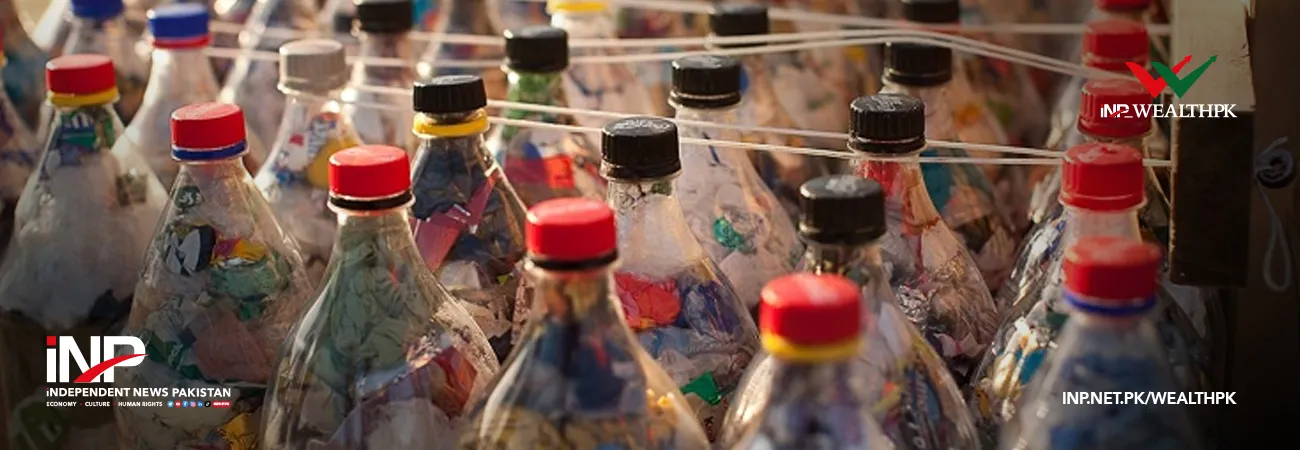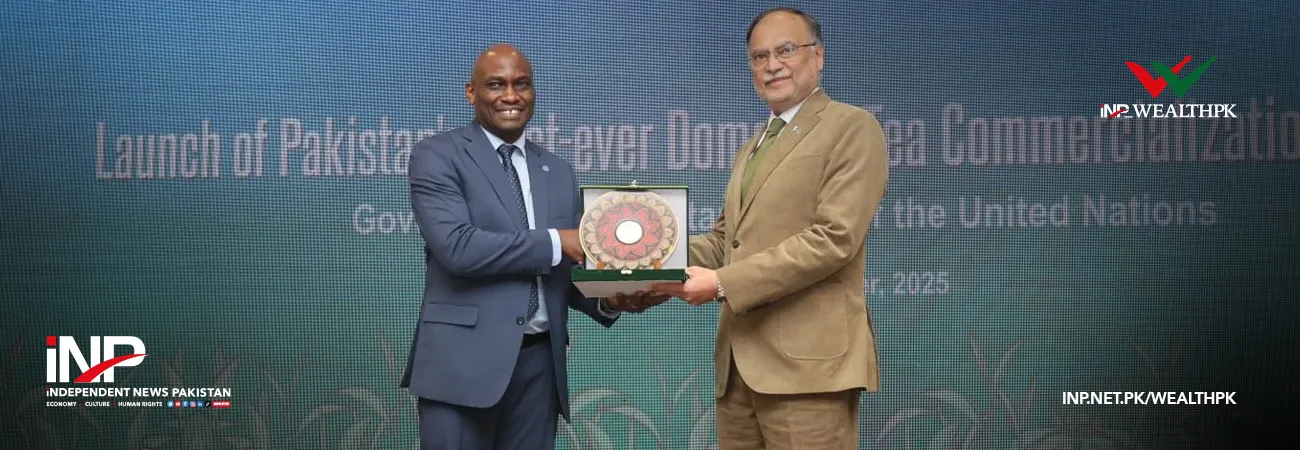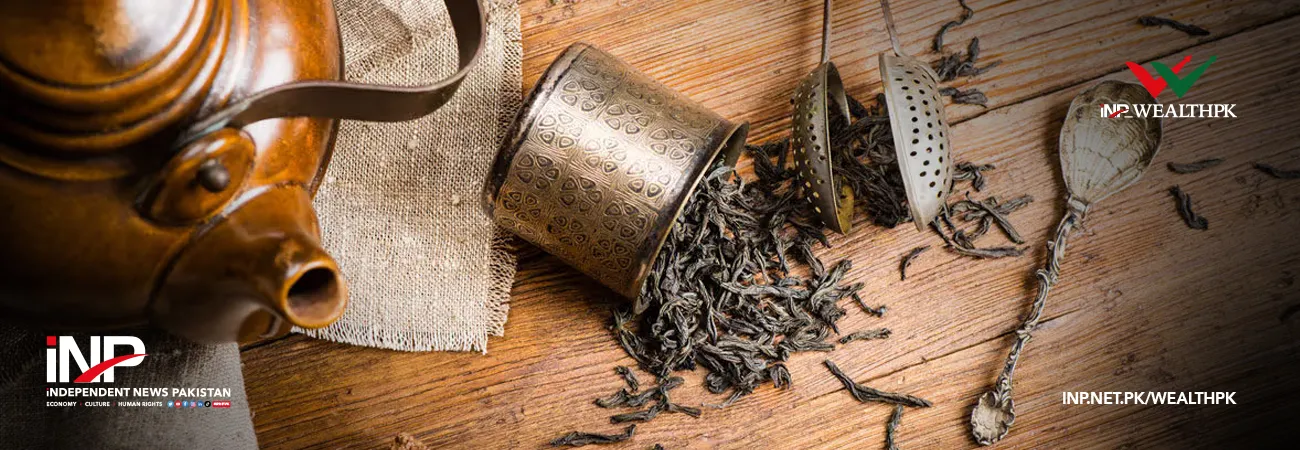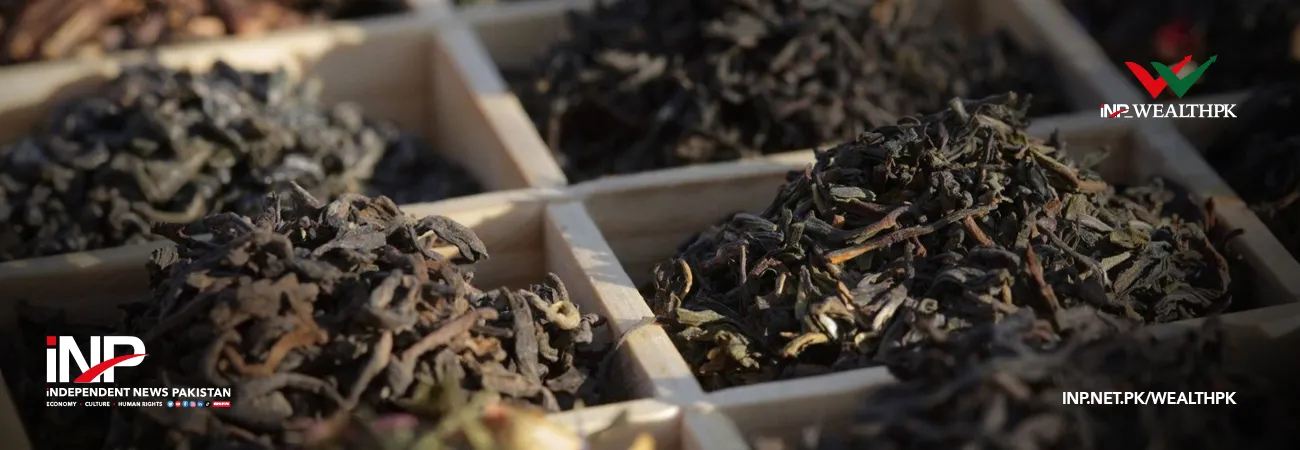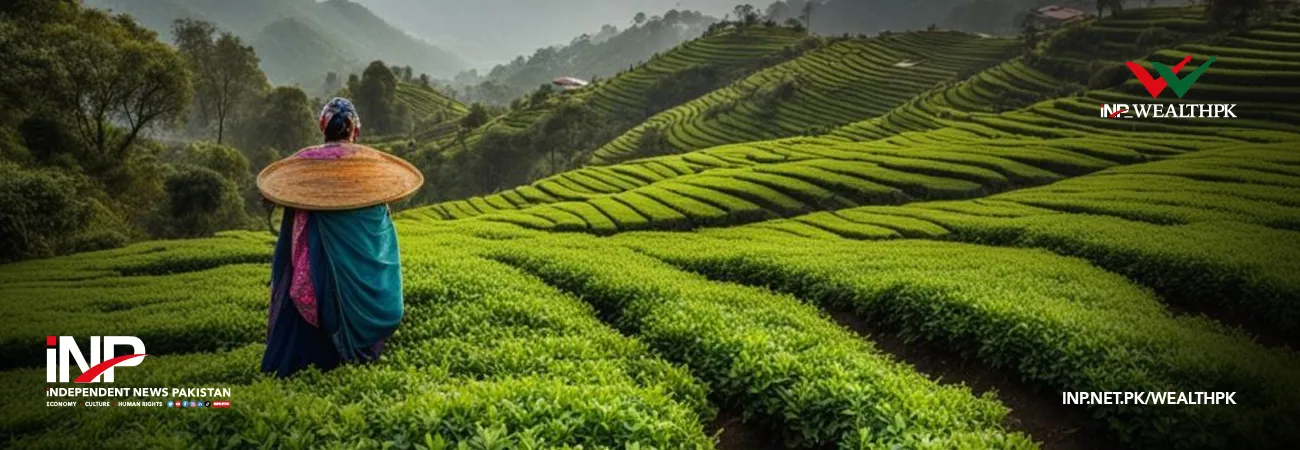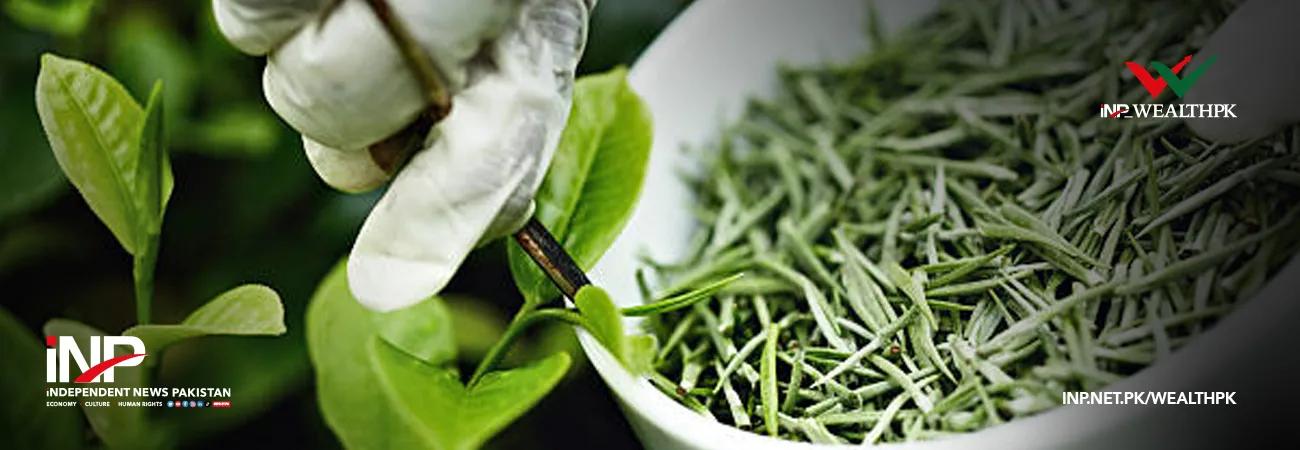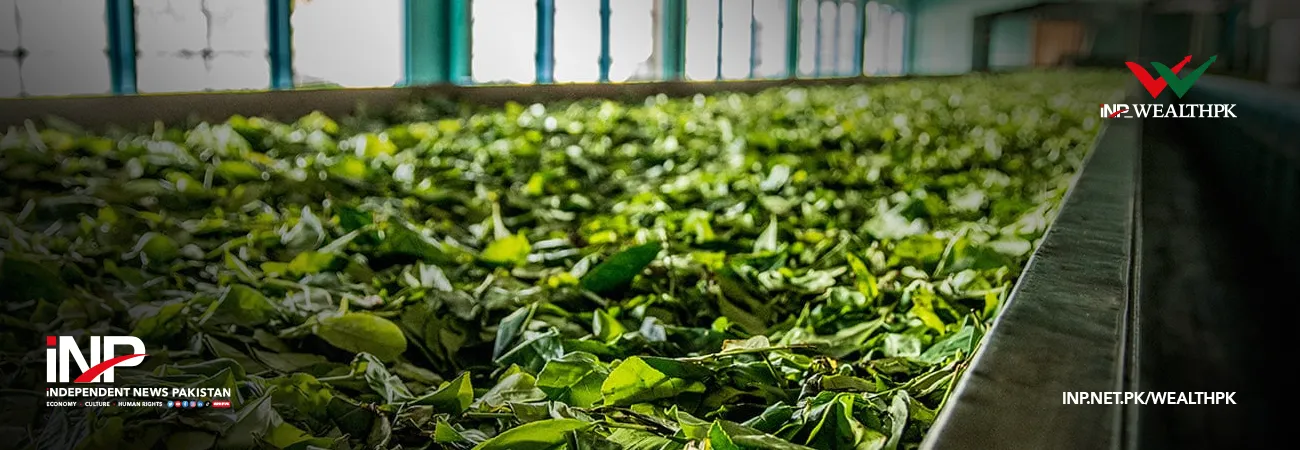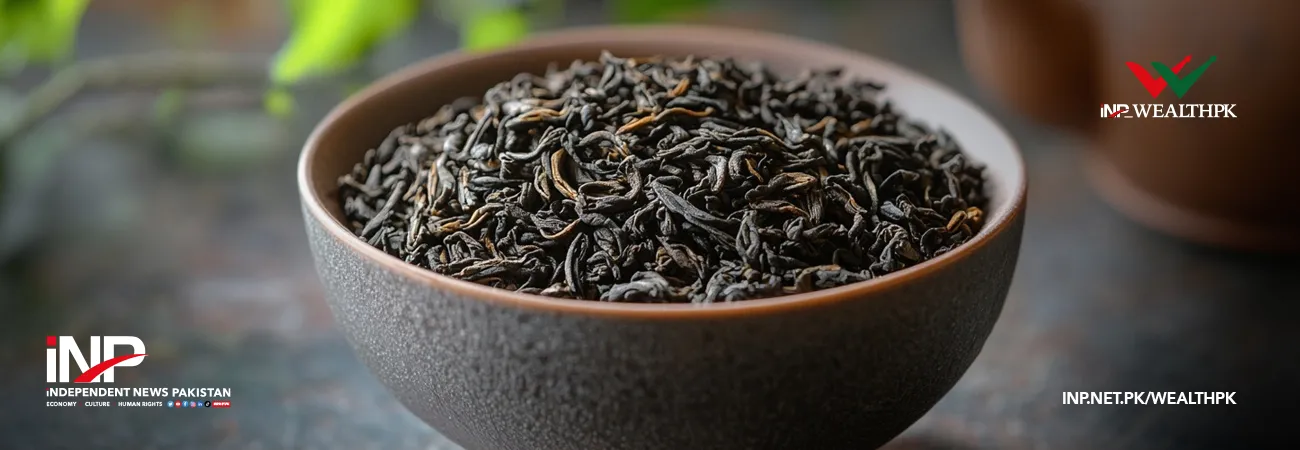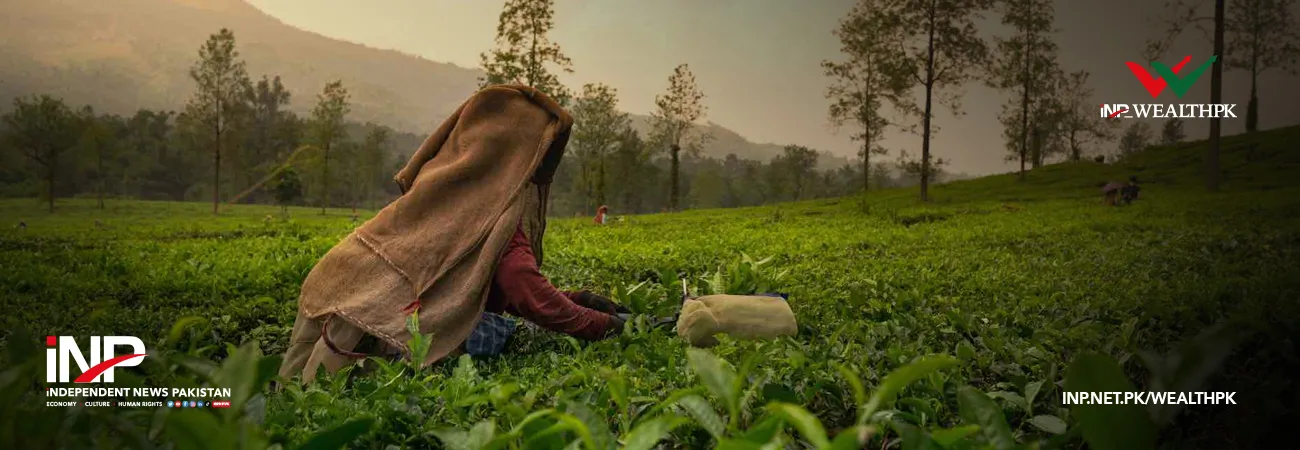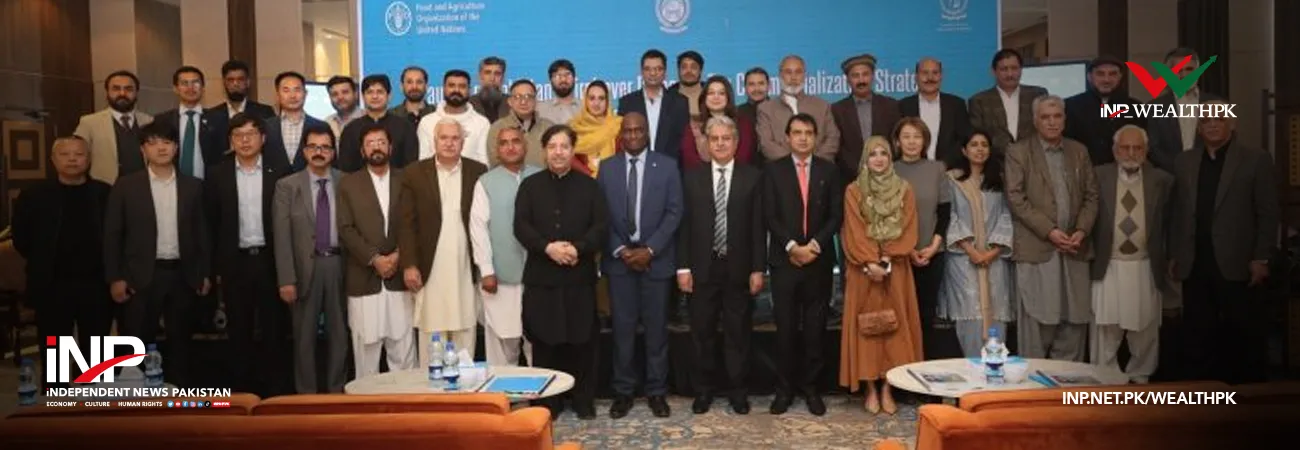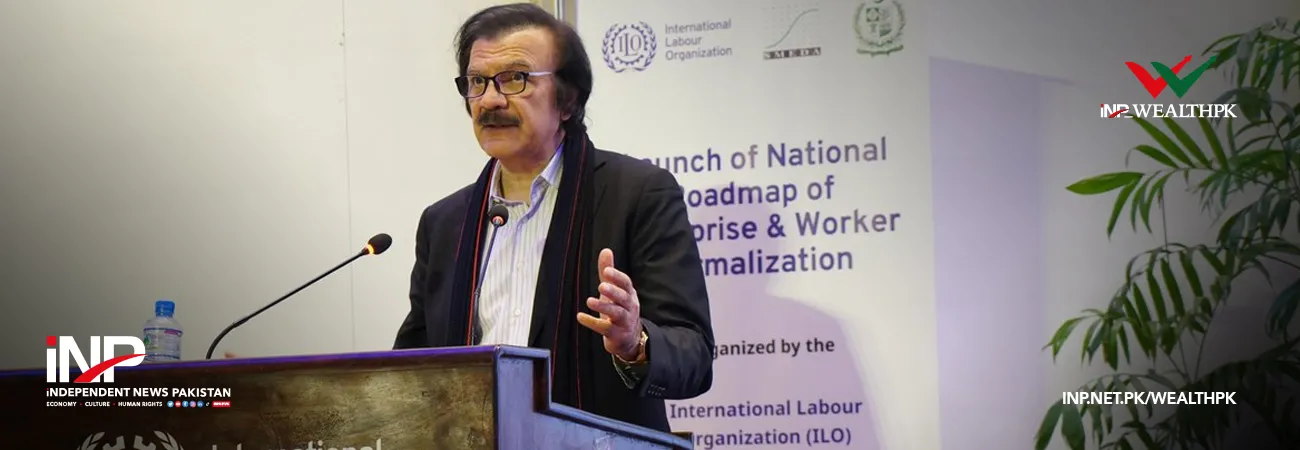INP-WealthPk
Faiza Tehseen
Experts emphasize the need to promote the use of eco-bricks in Pakistan to reduce greenhouse gas (GHG) emissions from landfill decomposition and to sequester plastic waste. In an exclusive interview with WealthPK, environmental scientist Dr. Muhammad Akbar said, “Eco-bricks are typically made by repurposing empty plastic bottles and other non-recyclable plastics into durable building materials.
Otherwise, this unwanted material breaks down into harmful microplastics and toxins. “Eco-bricks help reduce plastic waste and its damaging impact on landfills and oceans, while also cutting down reliance on traditional, resource-intensive materials,” he added. Depending on the type of plastic used, eco-bricks can take several forms, including bottle bricks, ocean eco-bricks, and cig-bricks.
Other types of eco-friendly and sustainable construction bricks made from construction waste and recycled materials include fly ash cement bricks (FACB), fly ash geo-polymer bricks (FAGB), Compressed Stabilized Earth Blocks (CSEB), Interlocking Stabilized Soil Blocks (ISSB), recycled concrete waste geo-polymer bricks (RCWB), recycled brick waste geo-polymer bricks (RBWB), ecostock bricks, ecoterre, biolith tiles, and eco-blocks.
Akbar told WealthPK that eco-friendly bricks not only offer a viable solution for managing unwanted waste but also serve as a means of raising community awareness. “When people learn about how different materials—especially waste—can be turned into useful products, they gradually begin to use them for better purposes, including construction. Our people urgently need continuous training to adopt environmentally friendly practices.
“Producing eco-friendly bricks is not only the beginning of a small-scale yet far-reaching economic activity, but also a step toward a greener Pakistan. The government should launch a social media campaign to raise public awareness about the importance of recycling plastic waste. This would help the country address its mounting plastic waste crisis,” he added.
Speaking on the use of clay-based eco-bricks, Project Engineer Muhammad Naveed from the Sindh People's Housing for Flood Affectees (SPHF) said, “In 2024, as part of a research and development initiative under the PAIDAR programme, SPHF built six model houses in Lakho Bhanbhro village, Thatta district.
Each house, measuring about 240 square feet, was constructed using a mix of eco-friendly materials, including Compressed Stabilized Earth Blocks (CSEBs) and Interlocking Compressed Earth Blocks (ICEBs). This effort aimed to identify sustainable, climate-resilient alternatives for large-scale housing reconstruction in flood-affected regions.”
He explained that CSEBs and ICEBs are non-fired bricks formed by compressing a mix of soil, cement, and stabilizing agents. These bricks are sun-dried, which eliminates the need for high-temperature kilns and significantly reduces carbon emissions. Compared to traditional fired clay bricks—which deplete natural resources and emit large amounts of CO₂—these blocks provide a greener alternative with a near-zero carbon footprint.
“These blocks are structurally sound, require little or no plastering, and ICEBs in particular eliminate the need for cement mortar due to their interlocking design,” he said. “They also offer thermal insulation, keeping buildings cooler in summer and warmer in winter.” Naveed emphasized that salt-free local soil can be effectively used in their production, making them a cost-effective and locally adaptable option for sustainable construction.
He further stated, “With climate change accelerating and conventional construction methods contributing to environmental damage, there is an urgent need to adopt greener building materials. This pilot initiative is a step toward transforming construction practices in Sindh—and potentially across Pakistan—toward low-carbon, climate-resilient, and affordable solutions.”
Credit: INP-WealthPk



